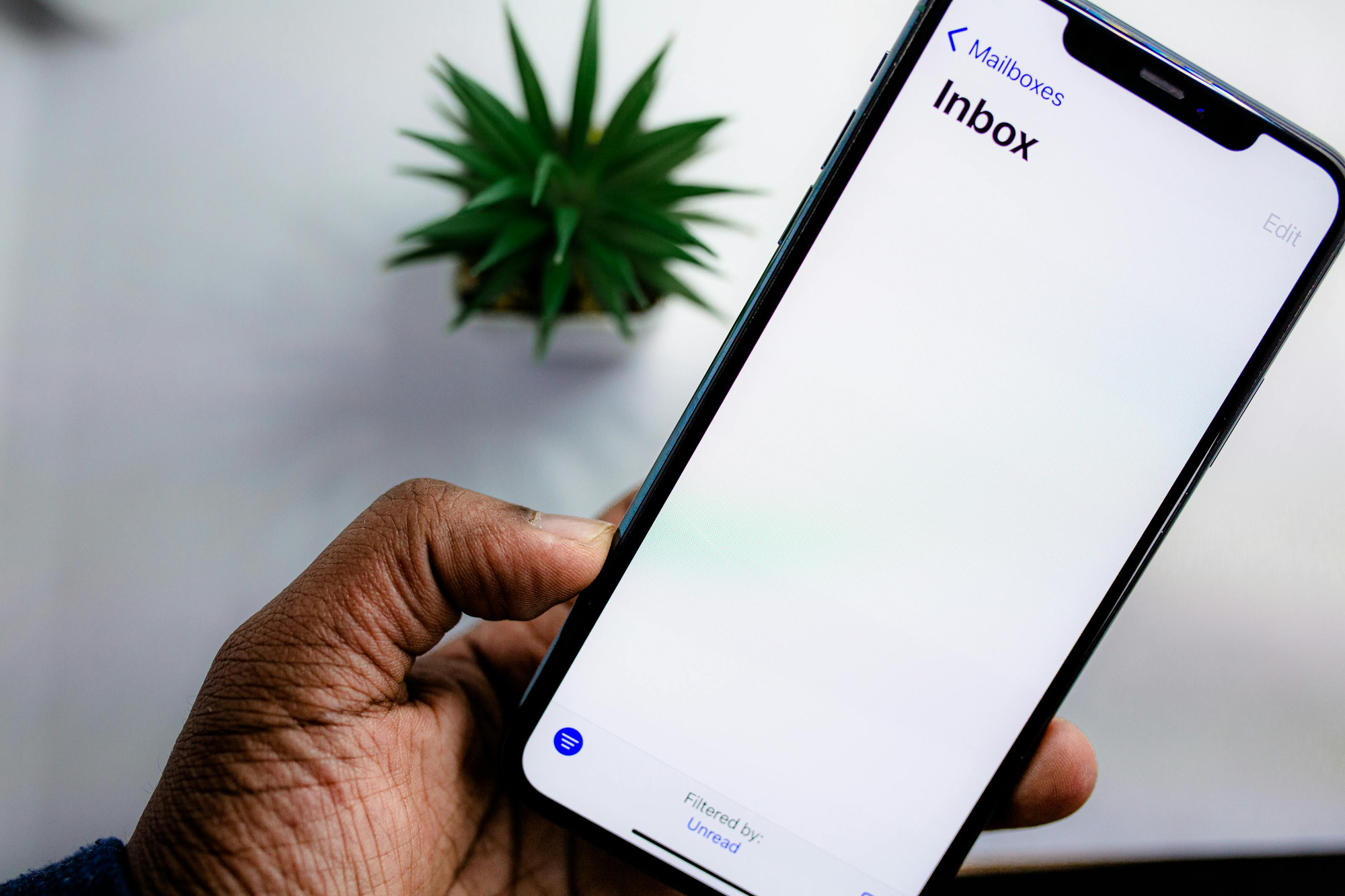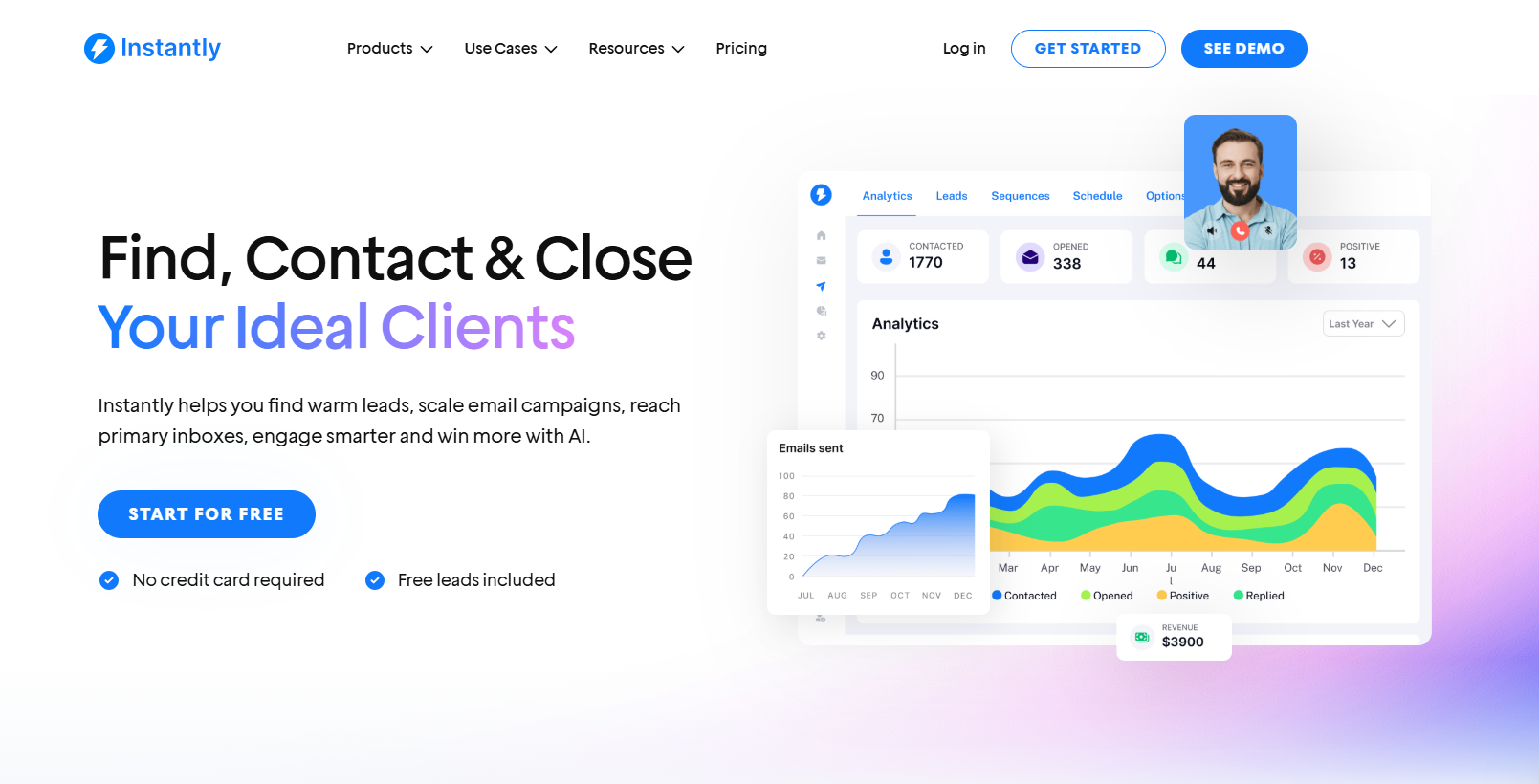You've identified the perfect partner. Their audience complements yours. Their product solves problems yours doesn't. The potential value exchange practically writes itself. And yet, your carefully crafted partnership email sits unopened. Or worse—opened and ignored.
You're not alone. The average decision-maker receives dozens of partnership proposals weekly. Most get deleted within seconds. Not because partnerships aren't valuable, but because most outreach fails to clear the initial credibility threshold.
This article explores the ins and outs of partnership communications—where the stakes are higher, the scrutiny tougher, and the potential rewards much greater than standard sales outreach.
Let's fix your partnership emails once and for all.
Why Most Partnership Pitches Die in the Inbox
What kills most partnership pitches? These three mistakes:
- The "spray and pray" approach. Sending identical partnership requests to 50 companies signals you haven't done your homework and don't value the specific relationship. Decision-makers can smell template language from miles away.
- The value vacuum. Vague statements about "mutual benefits" without specific, relevant advantages for the recipient's business or audience. If you can't articulate precise value, why should they invest time figuring it out?
- The premature proposal. Jumping straight to complicated partnership structures before establishing baseline rapport. Partnership development requires progressive steps—most emails skip to the finish line.
The best partnership emails do the opposite. They show research, articulate specific value, and propose appropriate next steps. Let's break down how they accomplish this.
Write Subject Lines Prospective Partners Actually Open
Your subject line performs one job: convincing the recipient to open the email. Nothing more. It doesn't need to explain the entire partnership or sound clever. It needs to trigger enough curiosity or perceived value to earn that click.
The best partnership subject lines share these characteristics:
- Brevity: 5-7 words maximum. Long subject lines get truncated on mobile.
- Specificity: Reference something relevant to their business, proving you've done research.
- Value hint: Suggest what's in it for them without giving everything away.
Here are partnership subject lines that grab attention:
- "Quick idea for {{their product}} + {{your product}}"
- "{{mutual connection name}} suggested we connect"
- "Partnership opportunity: {{specific benefit}}"
- "Question about expanding {{specific initiative}}"
- "{{their company}} + {{your company}}: {{specific value}}"
Notice what's missing? Overused words like "synergy," "collaborate," or "reach out." These immediately signal generic mass outreach. Also missing: exclamation points, ALL CAPS, and overpromising language that triggers spam filters.
The wrong subject line: "Exciting Partnership Opportunity for Mutual Growth and Synergy!!!"
The right subject line: "Idea to help {{company}} reach {{specific audience}}"
Your First Paragraph? Make It Count or Get Cut
Decision-makers spend seconds determining whether an email deserves further attention. Your opening paragraph must establish relevance immediately, or the rest of your carefully crafted message becomes irrelevant.
Effective partnership email openings:
- Show you've done your homework. Reference a specific initiative, article, or product launch, showing you understand their business. Generic praise gets ignored.
- Make a connection. Whether it's a mutual contact, complementary audiences, or parallel business models, establish why you're contacting them specifically, not just any company.
- Lead with curiosity, not demands. Questions that show thoughtful interest perform better than statements that presume interest.
Compare these opening paragraphs:
Generic opener (instant delete): "I hope this email finds you well. I'm reaching out because I think there's potential for a partnership between our companies that’d be mutually beneficial."
Specific opener (earns attention): "Your recent expansion into the healthcare sector caught my attention—particularly how {{their product}} addresses compliance challenges for mid-sized providers. We've built tools that help these same providers with patient engagement, and several mutual customers have suggested we combine forces."
The difference? The second opener proves you've done research, establishes a relevant connection, and suggests customer-driven value—all in three sentences.
Structuring the Perfect Partnership Proposition

Once you've earned those crucial extra seconds of attention, your email structure determines whether you'll receive a response (or radio silence).
Value First, Ask Second—Never Reverse
Partnership emails fail when they prioritize what they want before establishing value. The recipient's first question isn't "What do you want from me?" but "Why should I care?"
Start with a specific value you can deliver to their business:
- Access to new customer segments
- Complementary technology that enhances their product
- Data or insights that their team currently lacks
- Distribution channels they haven't penetrated
Only after clearly articulating value should you mention what you hope to gain. This sequence demonstrates that you're focused on creating mutual benefit, not just extracting value.
Quantify Benefits Without Making Them Up
Vague benefit statements kill credibility. "This partnership could help us both grow," says absolutely nothing useful. Instead, provide specific, measurable advantages—preferably backed by data:
- "Our 50,000 healthcare customers have specifically requested integration with solutions like yours."
- "Beta tests of similar partnerships have increased customer retention by 22%."
- "Your users currently spend an average of 3 hours managing the problem our solution eliminates."
If you lack concrete numbers, use specific qualitative benefits instead of meaningless generalities. "Our API would eliminate the manual data entry your team currently handles through spreadsheets," beats "Our solutions work well together."
The "Mutual Interest" Paragraph That Works
After establishing specific value, acknowledge the reciprocal nature of partnerships with a brief paragraph about mutual benefits. The key is focusing on shared goals rather than transactional exchanges:
"By combining {{your specific strength}} with our {{complementary capability}}, we can offer customers a more complete solution than either company could provide independently. This addresses the growing demand for integrated {{specific benefit}} that we're both seeing in the market."
Notice how this avoids the pleading tone ("we'd really appreciate it if you...") that undermines so many partnership requests.
Follow-up Sequences That Respect While Persisting
No response to your initial email doesn't necessarily mean rejection. Decision-makers are busy, inboxes get crowded, and priorities shift. A strategic follow-up sequence often differentiates between partnership opportunities and dead ends.
The most effective partnership follow-up approach:
- First follow-up: 5-7 business days after the initial email. Add new, relevant information rather than just "checking in."
- Second follow-up: 10-14 days after first follow-up. Change the angle slightly to address potential objections or offer alternative value propositions.
- Final attempt: 3-4 weeks later. This "breaking up" email often generates surprising responses by removing pressure.
In contrast to sales sequences that might include 8+ touches, partnership outreach should remain more restrained, with a maximum of 3-4 emails spread over a longer period. The relationship-building nature of partnerships demands greater respect for inbox boundaries.
Key to effective follow-ups: each message should provide additional value, not just repeat your request. Share a relevant industry report, introduce a valuable contact, or highlight recent developments reinforcing the potential partnership’s value.
Templates That Work (But Won't Sound Templated)
Rather than rigid templates that produce generic outreach, here are flexible frameworks you can customize for authentic partnership outreach. The customization points ensure your emails never sound mass-produced.
Template 1: The Product Integration Partnership
Subject: {{their product}} + {{your product}}: Solving {{specific customer pain point}}
Hi {{name}},
Your team's recent {{specific feature launch or announcement}} addresses the exact problem our customers face with {{specific challenge}}. Several of our users at {{mention mutual customer if possible}} have actually mentioned your solution alongside ours.
At {{your company}}, we've built {{brief description focused on value, not features}}. Our {{specific capability}} combined with your {{their complementary capability}} could create a seamless experience for customers currently cobbling together multiple solutions.
Would you be open to a 15-minute call next week to explore whether an integration makes sense? I'm happy to share our API documentation and integration examples from similar partnerships if helpful.
Best regards,
{{your signature with contact info}}
Template 2: The Co-Marketing Partnership
Subject: Joint webinar idea for {{specific audience segment}}
Hi {{name}},
I've been following {{their company's}} content on {{specific topic}} and noticed we're both addressing {{specific industry challenge}} from complementary angles. Your recent {{piece of content}} about {{topic}} particularly resonated with challenges we're hearing from our customers.
We're planning a webinar series for {{period}} focused on helping {{specific audience}} with {{specific challenge}}. Given your expertise in {{their specific domain}}, a joint session could provide exceptional value by addressing both {{your area}} and {{their area}}.
Our previous partner webinars have averaged 500+ attendees, with partners typically seeing 30-40 qualified leads. I'd be happy to share our promotion plan and examples from previous collaborations.
Does this align with your current marketing initiatives? I'm available for a quick discussion next {{day}} or {{day}} if you'd like to explore the idea further.
Best,
{{your signature with contact info}}
The Technology Secret: Instantly's Edge for Partnership Outreach

While crafting personalized partnership emails takes time, Instantly.ai offers specific advantages for this high-value outreach:
- Email Warmup Network: Partnership emails need pristine deliverability. Instantly's warm-up feature ensures your messages land in decision-makers' primary inboxes, not promotional tabs or spam folders.
- Advanced Sequence Logic: Partnership outreach requires smarter follow-up than basic sales sequences. Instantly lets you build sophisticated follow-up paths that branch based on how prospects engage. Our system triggers different messages based on specific responses or keywords, and shows you exactly which sequence steps drive engagement, letting you double down on what works.
- Unified Inbox: Missing a partnership response is relationship suicide. Instantly's Unibox prevents this by consolidating all your potential partner replies in one central dashboard with smart organizational tabs. No more hunting through multiple inboxes or missing critical responses during the partnership.
This technology foundation ensures your carefully crafted partnership messages reach their targets and receive appropriate follow-up. Try Instantly today at zero cost!
Key Takeaways
Effective partnership outreach requires a delicate balance—professional without being boring, persistent without being pushy, personalized without being creepy. Remember these principles:
- Research before writing: Partnership emails showing specific knowledge of the recipient's business earn responses.
- Value clarity wins: Articulate specific, measurable benefits rather than vague "synergies."
- Respect the process: Partnerships develop through progressive stages—initial emails should open conversations, not propose marriage.
- Follow up thoughtfully: Each message should provide new value, not just repeat requests.
- Personalization > templates: Use frameworks as starting points, not copy-paste solutions.
Partnership emails aren't just another outreach channel—they're relationship-initiating communications that require more care, customization, and strategic thinking than standard sales messages. The additional effort pays dividends in collaborative opportunities that transactional approaches never unlock.
Ready to take your partnership outreach to the next level? Start your free Instantly trial and see how our platform helps you build meaningful business relationships that drive growth.




